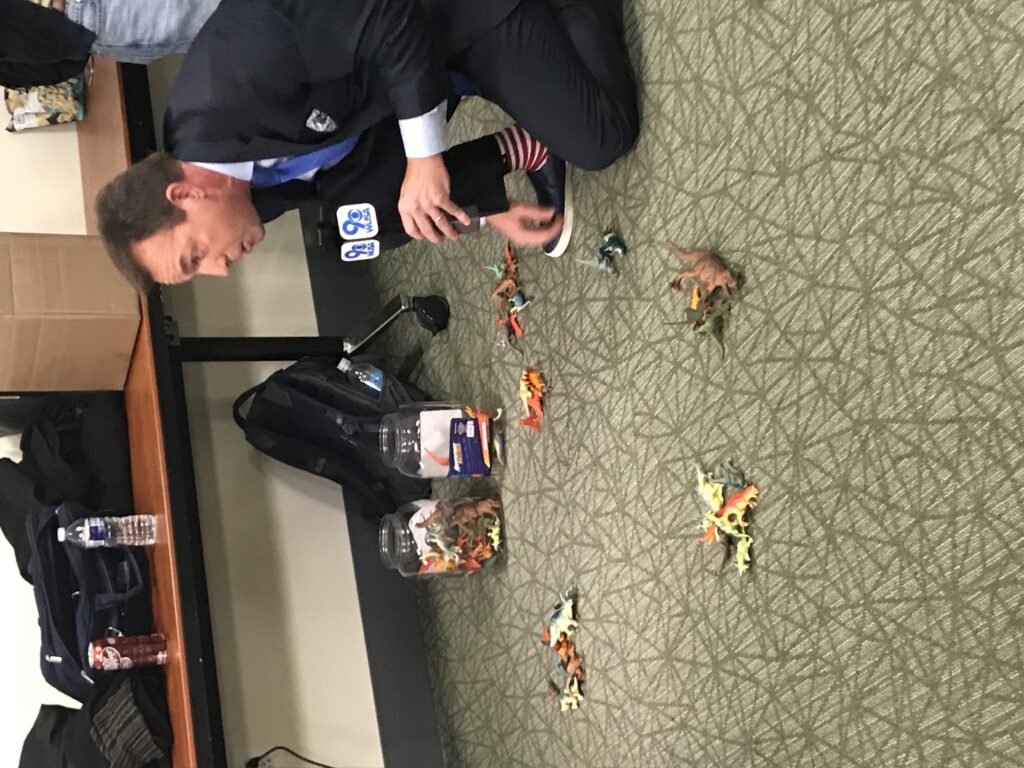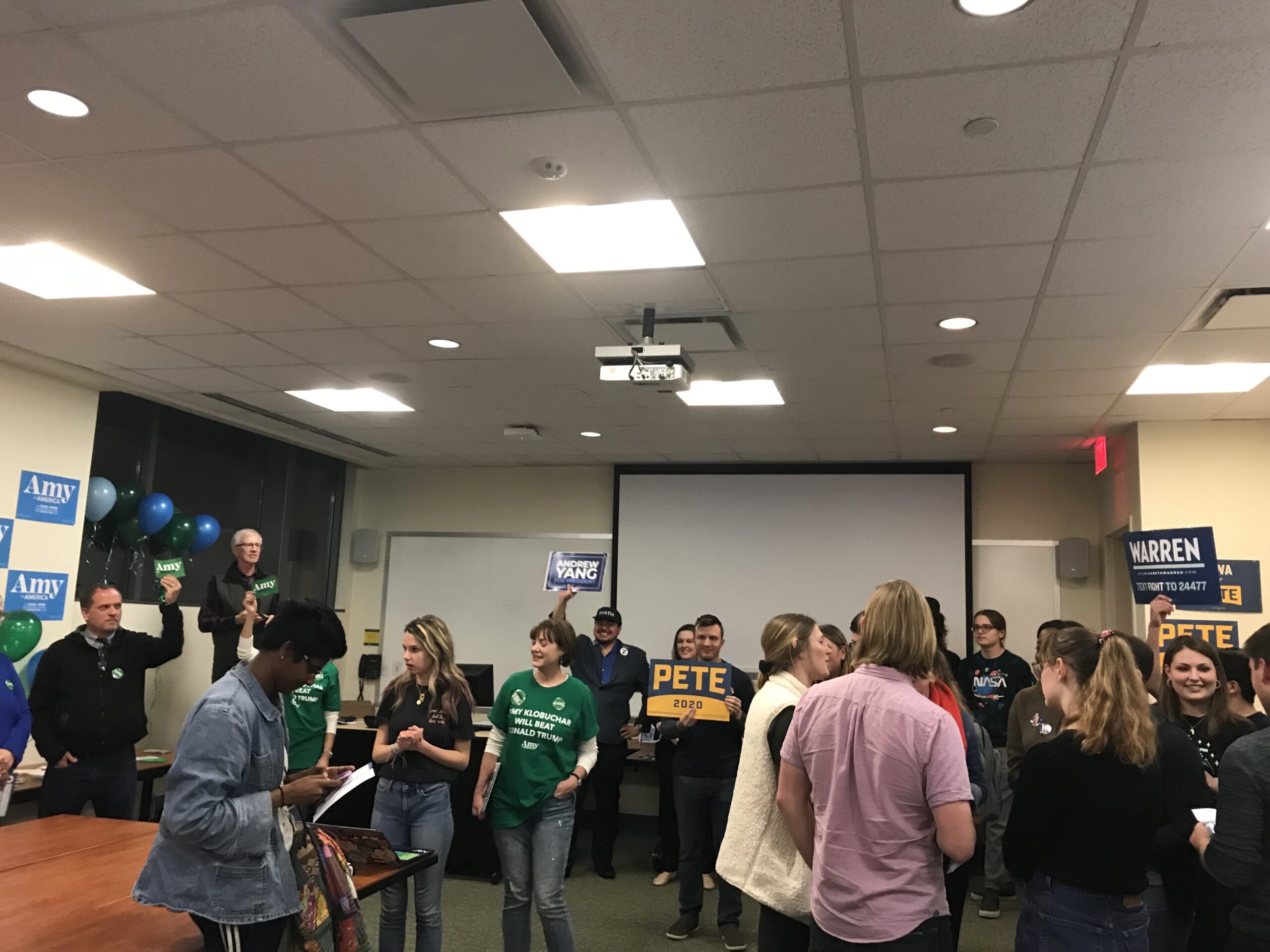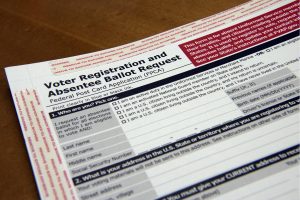Iowans in 27 out-of-state locations across the US and abroad were able to participate in their state’s primary election remotely on Feb. 3. Instead of returning to Iowa, Georgetown students and others from the Hawkeye State participated in satellite caucuses at locations such as George Mason University and the Electrical Workers Union Headquarters in downtown D.C.
Iowa famously utilizes a caucus system, which differs from a primary by requiring voters to arrive at a voting location at a specific time, and then publicly move around to indicate their candidate choice. Candidates are required to achieve 15 percent of votes in a precinct to remain “viable” and able to receive state delegates equivalents (SDEs) while supporters of unviable candidates may realign to a different group.
Neither local satellite caucus reported high turnout, with 15 Iowans caucusing at GMU and 100 in D.C. Possibly decreasing D.C turnout was a last minute change in location across the city, from a Marriott near the Smithsonian Zoo to the union headquarters in Chinatown.
While turnout for an Iowa precinct doesn’t impact the amount of SDEs it has to distribute, satellite caucuses worked differently by depending their number of delegates on the number of people who participate. This led to campaigns—mainly, the Sanders camp–realizing that the optimal campaign strategy was to send as many supporters to the satellite caucuses as possible.
In the two DMV locations, onlookers outnumbered primary participants as many non-Iowans watched the process unfold. The DC location removed reporters and non-participants from the room during the voting, while the GMU event did not.

Local news anchor explains caucus system with toy dinosaurs.
In a way which mirrored Georgetown’s student-centered Mockus, Elizabeth Warren ended up winning both caucuses held in the DC area. In GMU, Warren earned nine out of 15 votes that translated into two out of four delegates, while in DC, she won 42 votes out of 100. Sanders was less popular but still reached viability at both locations. Pete Buttigieg and Joe Biden only garnered enough support to reach viability at the D.C. caucus, while Amy Klobuchar earned a delegate only from the GMU caucus.
Many caucus-goers were Iowa students going to college in D.C. or northern Virginia. The D.C. caucus also hosted members of the United Automobile Workers Union, which was hosting a conference in the area.
Given the low-key nature of the events, the atmosphere in the caucuses was fairly light and unorganized. However, the close race at the state level meant it was unclear which candidate was officially winning. This confusion led to both the Sanders and Buttigieg campaigns releasing their own internal data, claiming delegate leads for themselves. It took almost a full day for the IDP (Iowa Democratic Party) to release any results, even though the initial release included only 62 percent of precincts reporting.
The IDP did not release all precinct results until the evening of Feb. 7, four days after the election began. Nationally, satellite caucuses swung heavily for Sanders, and the release of their results the day before had turned a split result—Sanders winning the popular vote and Buttigieg winning the delegate vote—into a near tie for SDEs.
Given this awkward process of reporting results, most media agencies have refused to call an official winner, even though the IDP declared Buttigieg as gaining the most delegates (14 to Sanders’ 12). On the night of the caucuses, Democratic National Committee Chair Tom Perez declared over Twitter, “Enough is enough” and announced he was “calling on the Iowa Democratic Party to immediately begin a recanvass.”
Additionally, both the Sanders and Buttigieg campaigns formally requested recanvasses of particular precincts where they believe irregularities occurred. These requests were approved on Feb. 12, and began Feb. 16. After this recanvass, the difference between the two candidates narrowed even further to .08 SDEs, with more recanvasses of specific precincts starting on Feb. 25.
Even before the chaos, many voters expressed concern about Iowa’s first to vote status given its unrepresentative demographics (the state is 91% white). Robert Nishimwe (COL ’22), a Georgetown student from Des Moines, expressed concern over Iowa’s prioritization in an interview before the caucus. “I get why historically Iowa went first,” Nishimwe said. “But I think the nature and demographics of the Democratic party have changed so much that they need to find a different process.”
Image Credits: Isaac Solly




